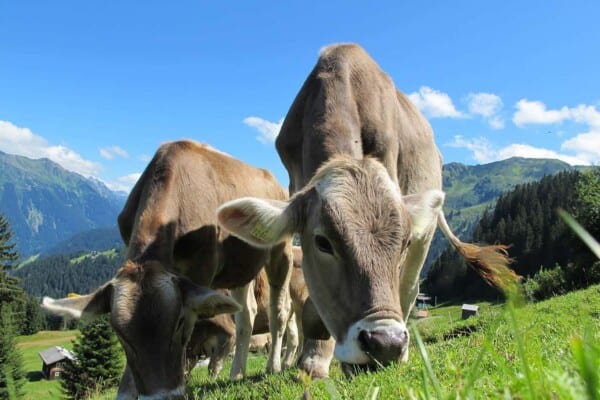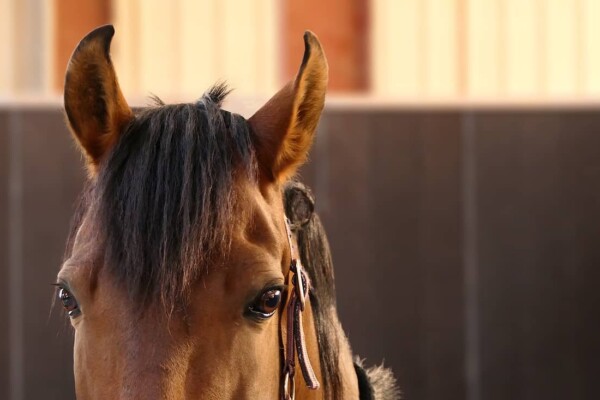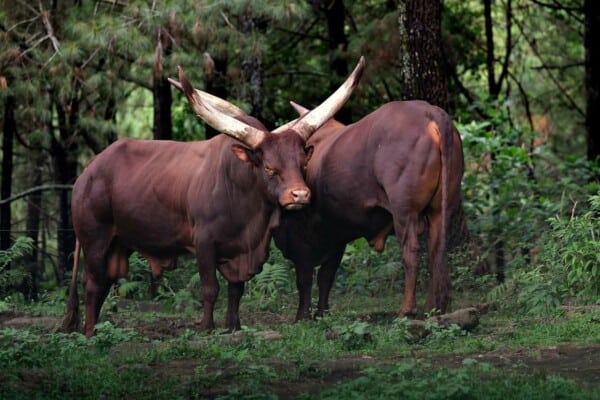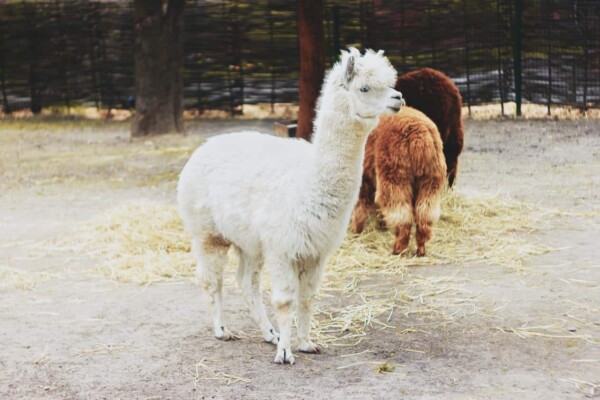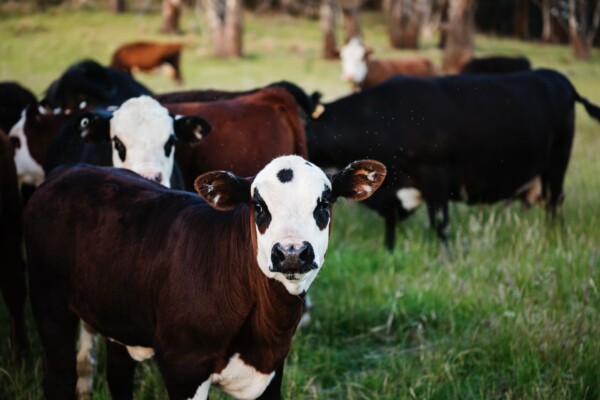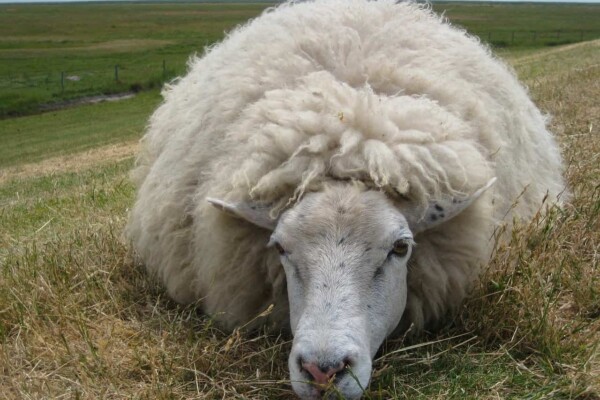You can immediately discern a lot about someone based on the pet that they own. Depending on whether the person owns a cat or a dog, you can actually tell immediately whether you are compatible or not.
While this is all speculation without any real scientific evidence, what is without a doubt true is the fact that if you want to have an original animal as a pet that not many others have around your friends group then you have got to get yourself a pygmy goat.
But wait a minute, why would you want a goat as a pet? Aren’t they dirty, decently sized and quite violent? While the typical goat can show signs of all of those traits, the pygmy goat is different in this case and this is exactly what we’re here to showcase to you.
If you don’t know anything about pygmy goats and you just want to brush up on some knowledge then this is the perfect guide for you. If you’re more so looking for a new pet to add to your family then don’t worry because this guide is also going to apply to you.
Our purpose here is to educate everyone on what the pygmy goat is and why it’s so popular nowadays. So, without further ado, let’s just jump right into a brief history of the animal and then move on from there:
A Brief History of the Pygmy Goat
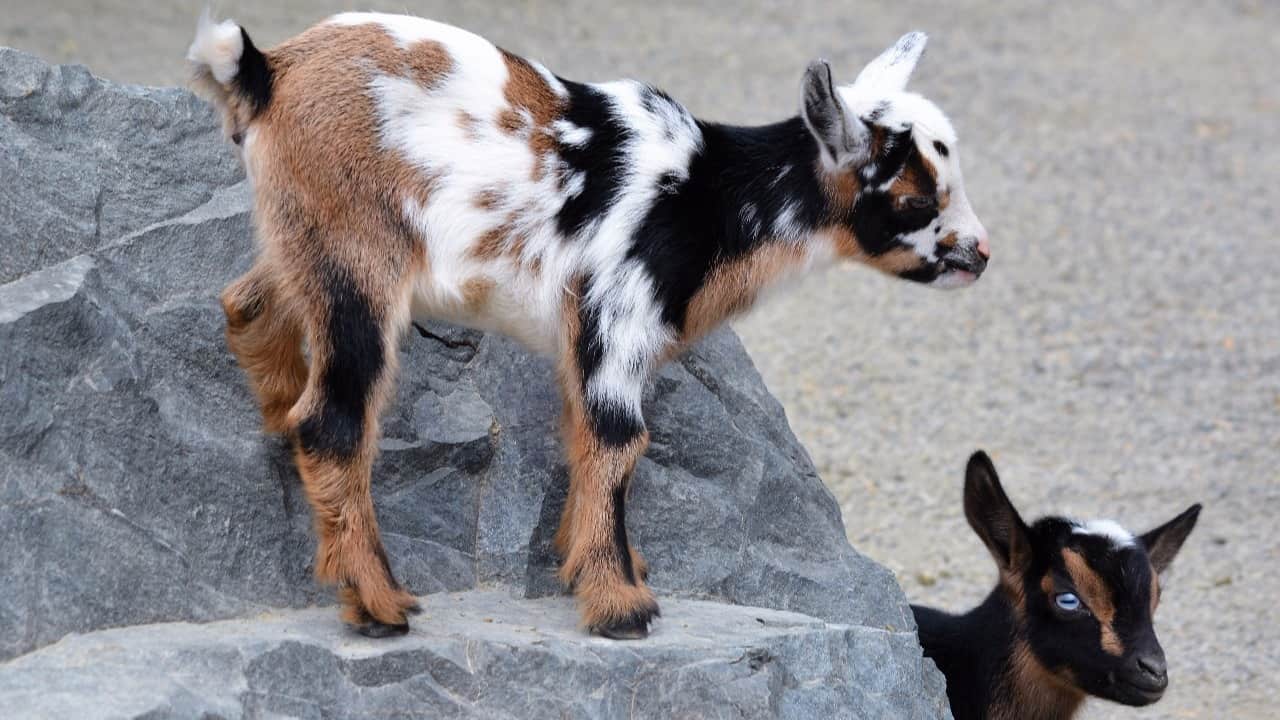
As far as their origin story goes, it all stems back to the Cameron Valley from West Africa. Here, dwarf goats have always been considered to be one of the most productive and overall best quality goat breeds that your money can buy.
Unlike with other breeds, this one reigns supreme in the area even to this day, being literally known as the best of the best which is why it actually has never been considered to be endangered to begin with.
A we all know, the more of a demand there is for something, the more of that thing we’ll find, and the same goes for animals. Since they are so popular there’s always been a plethora of pygmy goats out there and because of their popularity this also attracted the attention of American biologists and scientists in the late 50s.
They were especially attracted to the fact that these goats appeared to be the perfect companions for humans. They were very cooperative, easy to train, responsive and best of all, they offered milk, they could be used for their skin and their meat was exceptional.
All things considered; the pygmy goats were instantly considered to be one of the best pets for commercial use out there, which has continued on to this very day.
What these scientists didn’t foresee though was definitely the fact that they would also reign supreme as the best pet goats on the market. American and European families would literally fall in love with this goat breed right off the bat and give it a home in their place.
So, this takes us to present day and more specifically to what makes a pygmy goat well… a pygmy goat, which is our next point of discussion.
Pygmy Goats Characteristics

As mentioned previously, one of the main reasons as to why they became so popular in West Africa is because they are so reliable and adaptable. The people there actually needed an animal that could offer them everything they needed while also consuming very little resources and not taking that much space.
Their answer came as the Pygmy goats essentially flooded the market becoming the best choice for everyone because of the aforementioned reasons alongside their overall resilience to the rather violent climate and environment.
So, how exactly can you describe the pygmy goat? Well, let’s start off with its size and weight.
The Pygmy goat is one of the smallest goat breeds in the world, they’re literally so small that they can usually grow only up to 15 – 20 inches in height. On top of that they’re also very slim, weighing in at around 40 -50 pounds each.
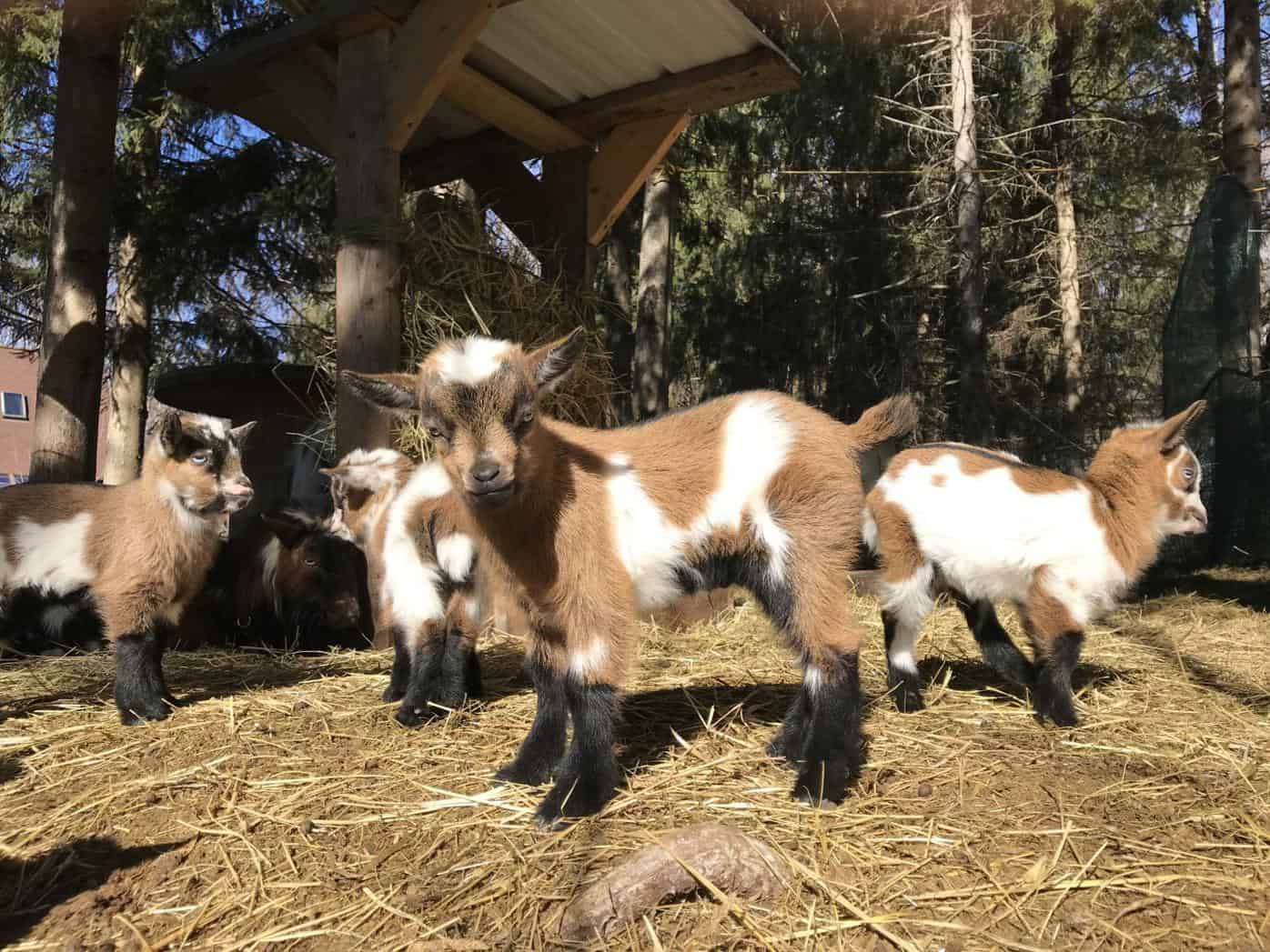
This is one of their best-selling points as they take up very little space and they’re quite agile and nimble, meaning that if a predator tries to capture one, it has a much higher chance of outrunning them over any other goat breed out there.
When it comes to their overall look though, it’s quite difficult to offer a proper decisive description of what a Pygmy goat is supposed to look like simply because they don’t have just one look to begin with.
They come in various different colors, shades and patterns, and depending on their age these can change drastically too.
The only thing that doesn’t change about their coats is the length, as they’ll always be around medium long and completely straight. If the climate is especially cold, they’ll have a denser coat and if the weather allows for it, they’ll have a less dense coat.
You might also see that some have a beard and some don’t. This is a general indicator of the sex of the Pygmy goat, as the adult male will always have a full beard under their chin while the female Pygmy goat will not have any beard there regardless of their age.
Quality Fat Milk

If you’re still not sure whether you want a Pygmy goat or not, you should know that they offer some of the best, fattest milk on the market and that’s a fact. If you are looking to get your money’s worth as far as the milk quality goes then you absolutely can’t go wrong with the Pygmy goat milk.
They are especially known for having a 4.5% (up to 11% in some cases) of butterfat in their milk, making it extremely healthy and tasty.
On top of that, their milk is also very easy to milk and it won’t take long to squeeze all of it out. You can get access to it around 4 to 6 months after they have given birth too, so you’ll get plenty of milk during that time period.
They usually give around 1-2 quarts or liters per day over the span of 120-180 days. According to Pygmy goat owners, their milk is especially sweet and extremely healthy. Buying milk is never a bad option, but there’s a lot more nutrients in the Pygmy goat milk than there is in any other milk out there.
For example, you have a much higher quantity of calcium, potassium and phosphorous in it, and that’s not all. If you’re looking for a more definitive means of making your money’s worth, aka by using them for their meat, you should know that it’s also very good and on top of that, since they consume so few resources it’s pretty much just a good deal from the get go.
Pygmy Goats Care

As you may have guessed by now, the Pygmy goats are just like every other goat breed out there, they’re all ruminant animals. This means that as long as they get the proper amount of food that they need, they’ll continue to produce whatever you want them for.
What many people don’t realize however is the fact that when you’re feeding them, you need to properly take into consideration everything that that goat is before you buy them the food they need.
For example, make sure that you know their age, sex and whatever other circumstances they have before you make any decisions so as to not ruin the quality of their production.
Usually, you can just let them feed themselves over green grasses, but you can also give them corn or any other sort of grain out there and they’ll do just fine.
The best choice would definitely be to have them settled down in a natural grazing area where they can run around freely and eat their hearts out, but if you don’t have that luxury then you will need to invest in quite a lot of grains. Not as much as you’d need to for other goats, but still a considerable amount.
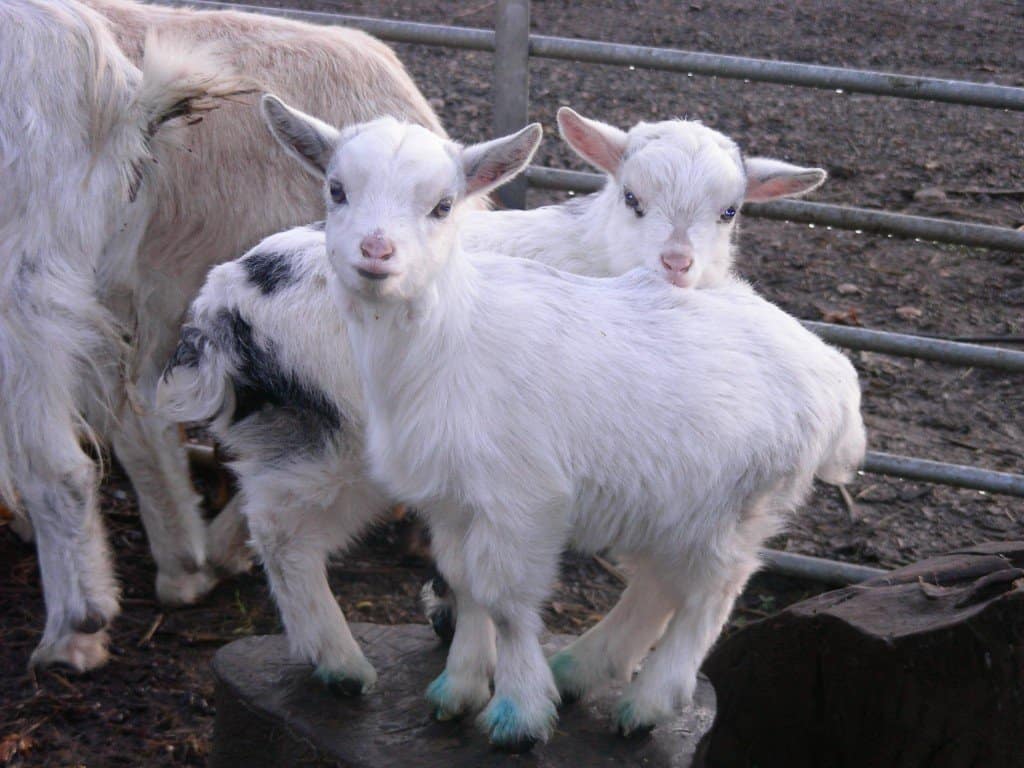
We mentioned how you need to take into consideration each and every goat’s circumstance and needs and this is exactly why:
Depending on your goat’s health and overall deficiencies, you may need to supplement their food with extra sources of protein, calcium, magnesium or even phosphorus.
You can have your goat tested out or you can simply eyeball it to see it through. For example, you can google certain afflictions and see if any of them apply to your goat. If they do, try to add in some supplements and if the problem is gone afterwards, you’ll know you have done a good job.
When it comes to its overall housing, all that we can say is that you’ll need to just make sure that they’re as far away from any potential predators as possible.

Being that they’ve been used as pets for so long, they’ve pretty much completely lost any sense of danger in the wild so if any predator comes for them, they’re as good as toast. Sure, they can try to outrun their predator, and because of their speed and small size they might even make it out alive, but don’t try your luck out here, save yourself the trouble and keep your goats contained.
On top of that you’ll also need a place that offers a decent amount of shade during summer times. You don’t like staying in the sun, and they hate it just ass much so make sure that they have a place to hide away from the heat.
You may even consider going for a misting system if you really want to spoil them. It might be a bit more costly but your goats will love you for it and that’s a fact.
Breeding Pygmy Goats
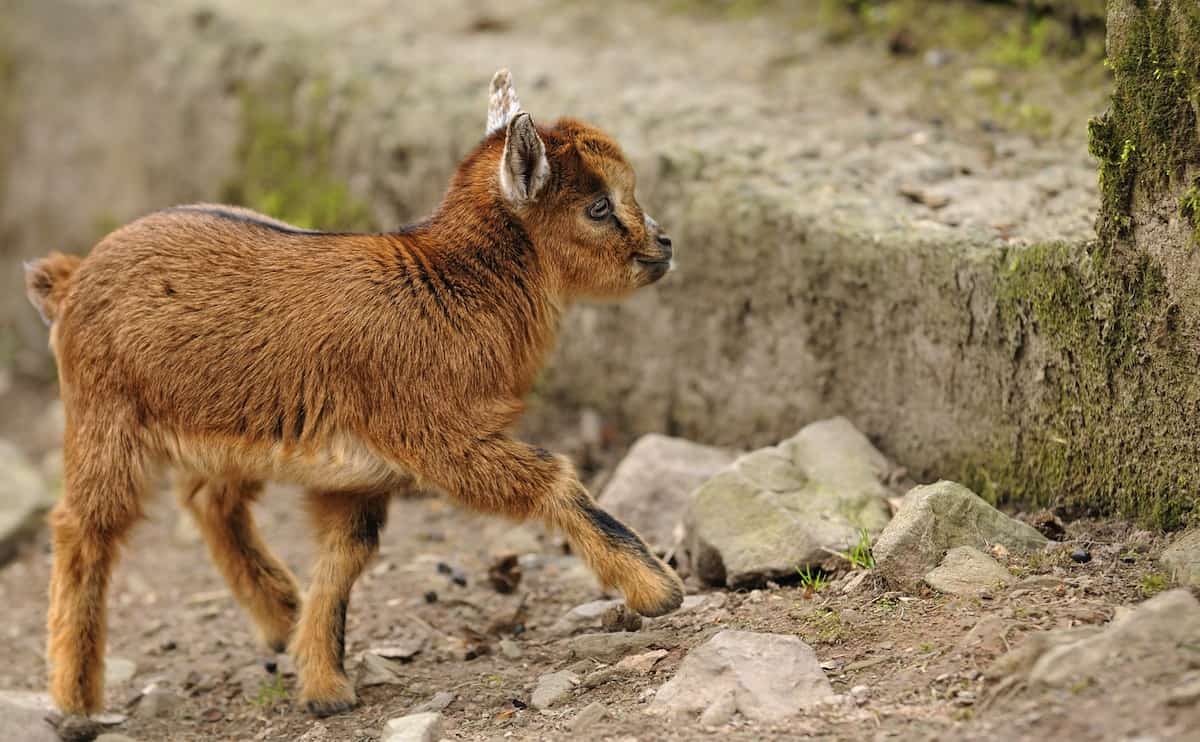
As far as breeding goes, they pretty much have around 2 to 5 babies at once. While we would prefer to call them that, the actual term for a baby goat is “kid”. As funny as that may sound, it is the technical term so we’ll be moving forwards with it.
They usually get hit by the breeding season heat around September and it lasts all throughout March. Depending on your goat though, they may always be in heat, with some goats literally going at it all throughout the year.
Finding a proper mate for your pygmy goat should be no problem, just head on over to another farm or better yet, get yourself a couple of males and a couple of females when first buying your Pygmy goats. It shouldn’t be that costly since they’re generally pretty cheap to come by.
Building a Proper Pygmy Goat Shelter

This is a very important part about raising Pygmy goats, and we’re going to be directing you towards building the best shelter they can get from you.
First and foremost, you need to understand that they’re very lively creatures, so they’ll need plenty of space to run around in. We recommend going for a 10 by 10 feet shelter, that will be perfect for them.
Since they tend to run around so much, you might want to invest in a ventilation system. If you can’t afford it, at least make sure that there are plenty of places for air to come through so that they can at least get some chilling winds to soothe them when the heat is at its peak.
As the Winter takes ahold of the world, the cold is really inescapable in the wild. Luckily, your goats don’t live in the wild, so make sure to install some heating in the shelter too.
Don’t forget to have cracks in the floor everywhere so that when the goats do pee, it trinkles down underground as opposed to it just lying there so the goats would just sit in it.
Fences are mandatory, perhaps even invest in some electrical fences to make sure that they’re extra safe. They’re pretty cheap to come by and they can literally be life savers if a predator ever comes near your place.
Tips and Tricks for Raising Pygmy Goats
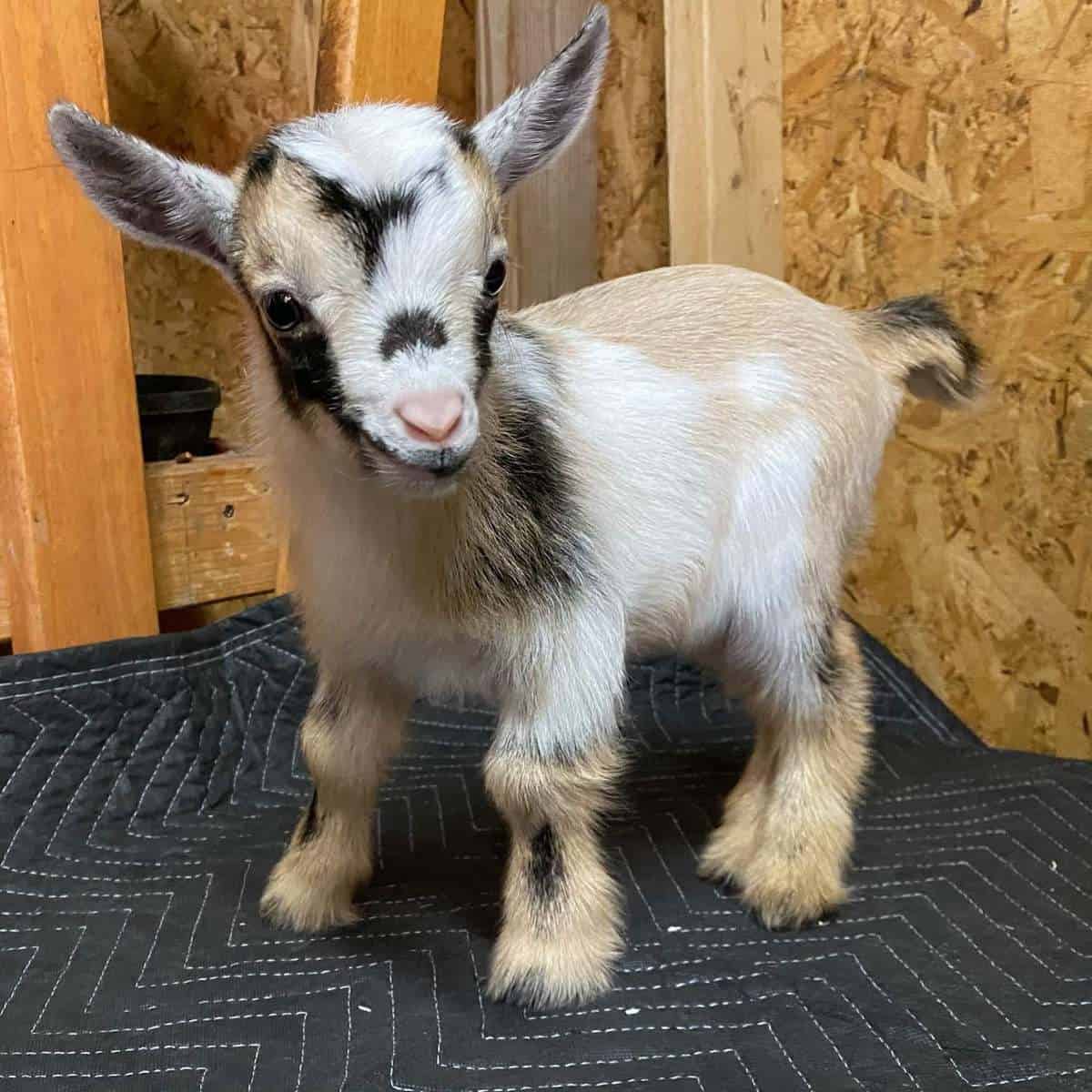
Lastly, this is a brief encapsulation of everything that we’ve learned over the years as far as pygmy goats go. So, take this with a grain of salt as a lot of them are situation based on our own experience, but they can very well apply to you as well:
- You need to make sure that the livestock regulations of your state or county allow you to keep the Pygmy goat around. Some states are actually against it, so make sure that you’re not breaking any law by always keeping up to speed with it.
- Bucks, aka male Pygmy goats tend to smell a lot. This makes them very bad pets since you won’t be able to come anywhere near them at any time. So, we recommend going for a female Pygmy goat if what you’re looking for is just a pet.
- If your goats are fighting amongst themselves from the get go then you will need to set them apart otherwise they can end up seriously injuring one another. This may sound like a joke but if the two are really going at it, it won’t be long until one falls down and doesn’t get back up again.
- Trim their hoofs every now and then, maybe around once every 3 to 5 weeks just to make sure that they’re not capable of really scratching the floor or hurting one another.
- Always remember to vaccinate them, as silly as it sounds there are plenty of people out there that don’t realize the fact that goats need to routinely be taken to the vet so as to make sure that they’re healthy.
- Pygmy goats may be more resistant to worms, but that doesn’t mean they can’t be affected by them. Make sure that they’re not riddled with worms by following our aforementioned tip, aka just go to the vet every now and then.
- Always buy pygmy kids from registered breeders. You don’t want to get scammed so don’t even think about going for anything but a registered seller.
Conclusion
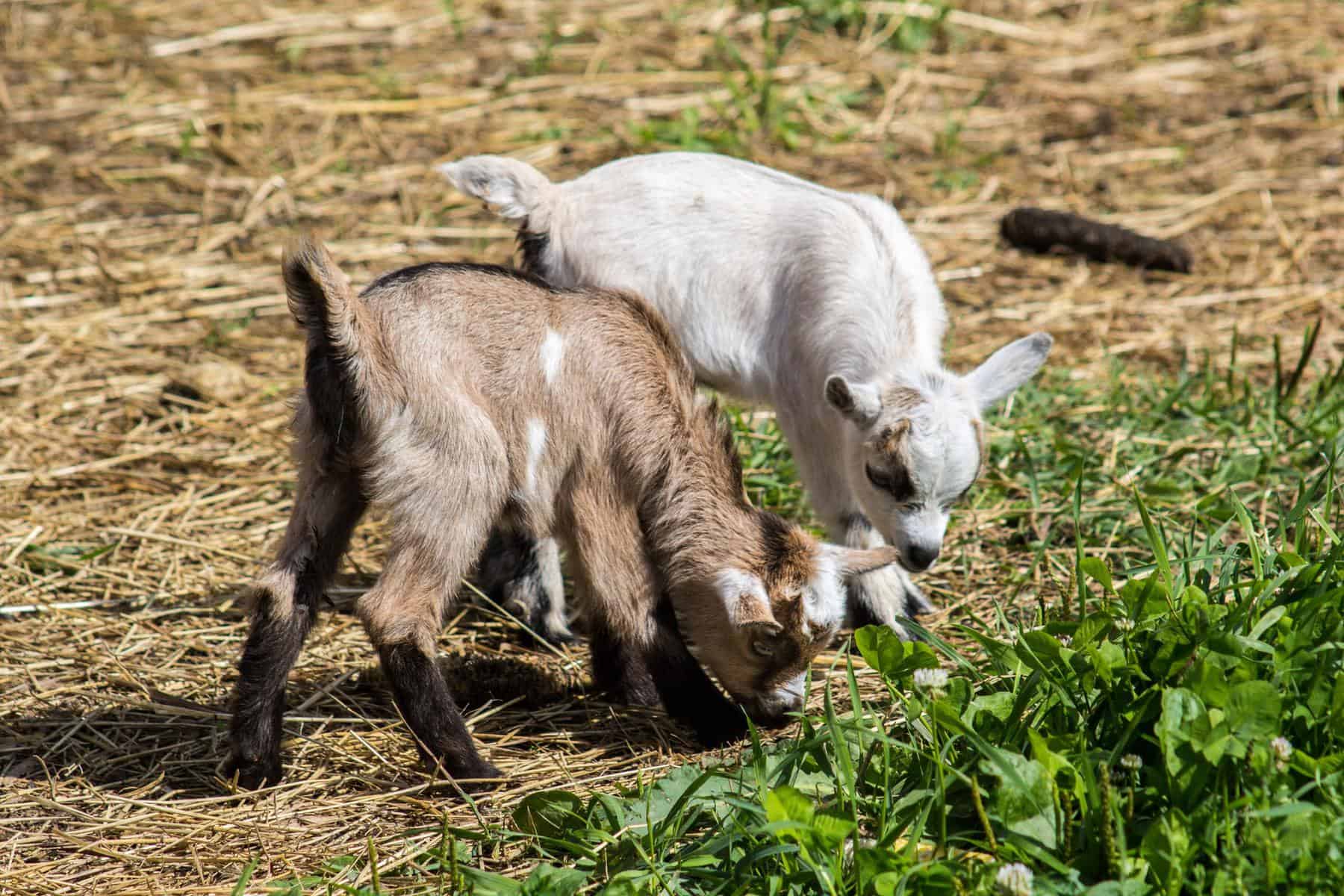
All in all, raising a Pygmy Goat really isn’t as hard as it sounds. Many people have actually opted for raising one as their pet over the years and for good reason too.
They’re small, they’re cute, they listen very carefully and they also offer milk which is always a plus. Overall, there’s no real reason as to why you shouldn’t get one, regardless of whether you’re trying to get a pet to add to your family or if you’re just looking for a nice addition to your farm.
Thank you for reading, we hope that you’re a bit more knowledgeable about this specific goat breed and we wish you luck in case you want to get one for yourself in the near future.
If you enjoyed this article, you could also read our guide on miniature cows.



